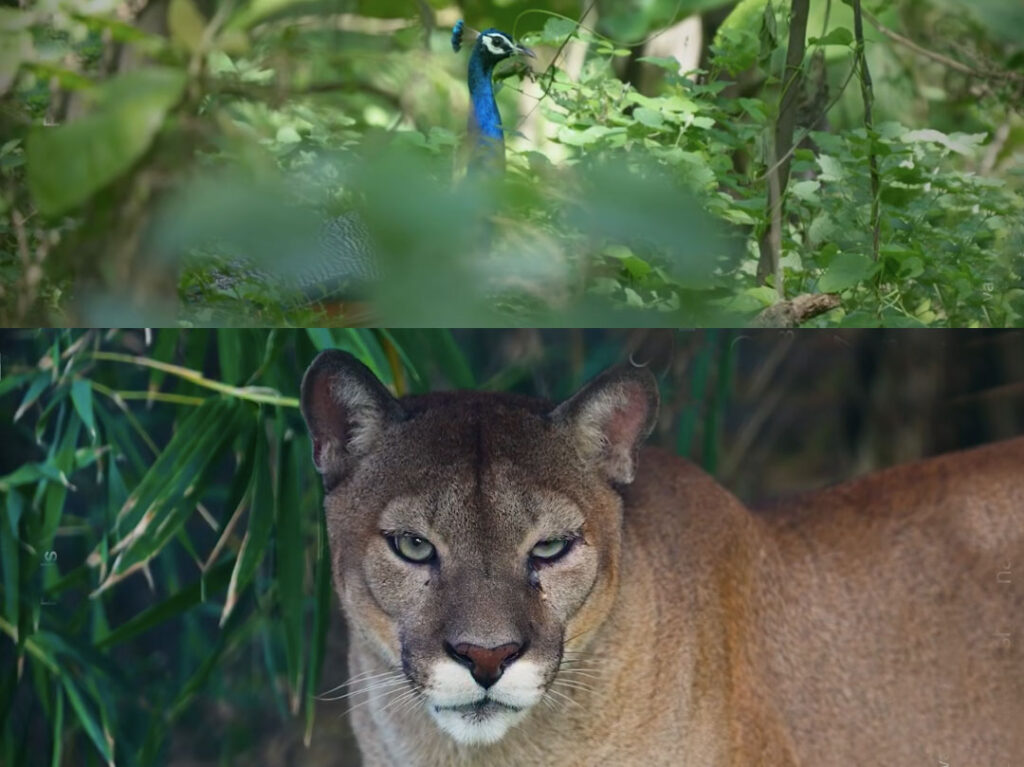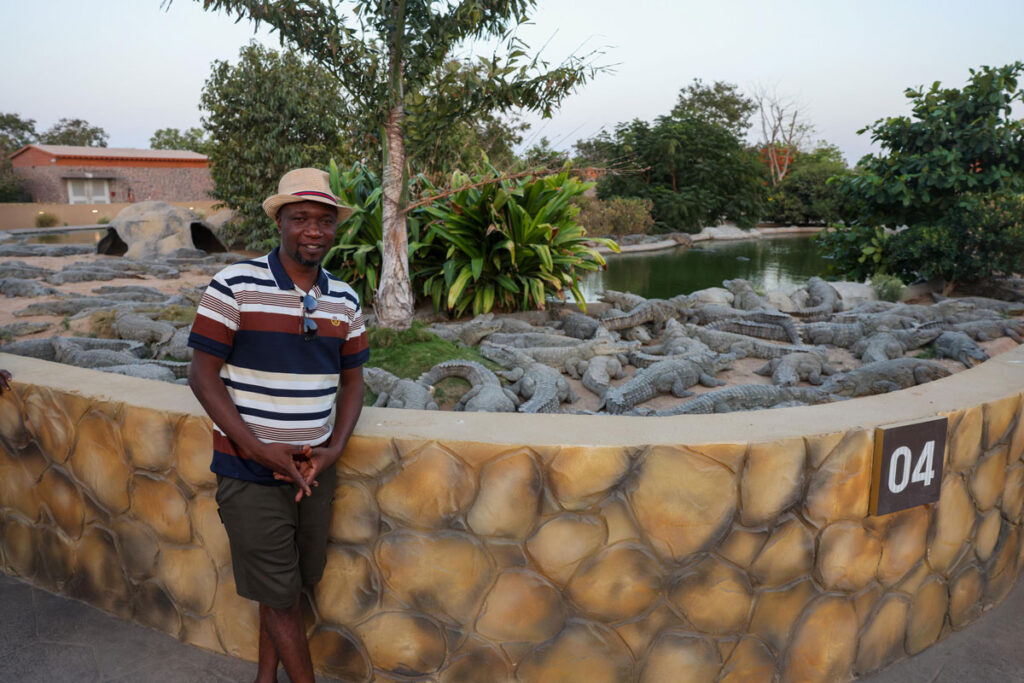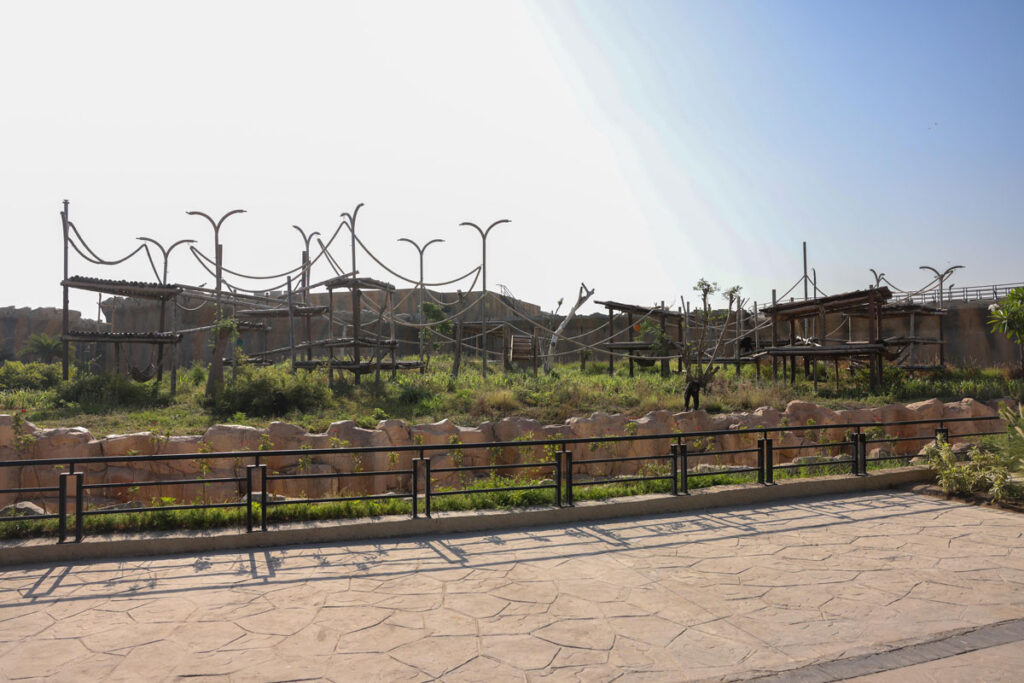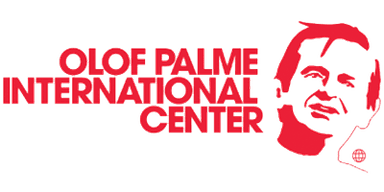
In December 2024, the export of eight chimpanzees from the Democratic Republic of the Congo (DRC) to India sparked significant debate among conservationists and some organizations. To better understand the specifics of this transaction, our teams traced the journey of these primates to their new home, Vantara.
“Look at these Congolese chimpanzees, they are in good health and thriving!” said Vantara’s Naturalist/ Education Officer, a veterinarian with a deep commitment to animal welfare. “When I visited the Kinshasa Zoo, I was deeply troubled by the sight of these animals confined to small cages, neglected, and subjected to poor conditions.”
After a brief conversation, our Naturalist/ Education Officer opened the gates of Vantara to us, a sprawling, 21st century sanctuary located over 2,000 kilometres from New Delhi, in a desert landscape transformed into a lush refuge. It is in this environment that the Congolese chimpanzees now live in freedom, far removed from the harsh conditions they once endured.
As we boarded a shuttle under the bright sun, we were met with a prominent sign: “No photos or videos.”
Curious, we inquired about the reason for the restriction. “Vantara is not a zoo for public entertainment,” our Naturalist/ Education Officer explained. “Our focus is solely on animal welfare, not on profit or display. This is a sanctuary dedicated to the long term care of animals. Only authorized staff and researchers are permitted access.”
He then shared the story behind this initiative. “The idea for Vantara emerged during the COVID-19 pandemic. We became aware that many zoos had been abandoned, with animal caretakers leaving their posts, leaving animals without care, food, or shelter. This crisis deeply affected our benefactor, who decided to create Vantara as a sanctuary to rescue animals in need, irrespective of their geographical origins.”
Spanning 1,500 hectares, Vantara is meticulously divided into areas focused on different aspects of animal protection and welfare. It is home to over 2,000 species and 1.5 million individuals, including numerous critically endangered mammals, Aves, reptiles, amphibians, birds, and fish.

“The majority of the animals here have endured significant trauma, abuse, or conflicts with humans,” our Naturalist/ Education Officer explained. “Through international collaborations with governments, we provide them with a chance at rehabilitation. Once they are fit to return, we work with the relevant authorities to reintegrate them into their natural habitats.”
Vantara offers a sanctuary to animals rescued from human conflict, injuries, and exploitative industries such as circuses. Vantara’s design is a testament to its commitment to authenticity, as it works to replicate the natural ecosystems of each species, a remarkable feat in wildlife long term care.
“Vantara serves as the largest genetic bank for species,” our Naturalist/ Education Officers explained. “Our belief is that, when some species vanish from the Earth, a few individuals will remain here to ensure their survival through reproduction and eventual reintroduction into the wild.”

Vantara is not a standalone entity but the flagship initiative under which the Green Zoological Rescue and Rehabilitation Centre Society (GZRRCS), the Radhe Krishna Temple Elephant Welfare Trust (RKTEWT), and other specialized conservation efforts operate. Together, these entities form an integrated network dedicated to the rescue, rehabilitation, and long-term care of wildlife. Each component of Vantara addresses a specific aspect of animal welfare from emergency rescues and medical treatment to long-term sanctuary and rewilding reflecting a holistic and scalable approach to conservation.
Strategic collaboration with ICCN
Despite the scrutiny surrounding the chimpanzee export, questions about its legality and transparency, the Congolese Institute for Nature Conservation (ICCN) has clarified that the transaction followed all legal frameworks set by the DRC.

“ICCN did not sell chimpanzees, as some have suggested. This was an exchange under Congolese law,” clarified Yves Milan Ngangay, Director General of ICCN.
This exchange is part of a broader memorandum of understanding (MOU) signed with Green Zoological Rescue and Rehabilitation Centre (GZRRCS), which outlines a comprehensive collaboration between the two organizations.
“The MOU includes training programs for our technicians, veterinarians, and caretakers,” Mr. Ngangay explained. “A group of 17 individuals will travel to India shortly for a three-month program to enhance their skills.”
The MOU also covers the modernization of both the Kinshasa Zoo and the Kisangani Botanical Garden, along with the provision of medical equipment for conservation efforts.
“With only five veterinarians serving the entire country, this partnership offers a rare and valuable opportunity to strengthen our capacity to care for wildlife. Once our technicians have completed their training and our facilities are upgraded, we will be able to bring back the chimpanzees and other iconic species, further contributing to local tourism and biodiversity conservation,” Mr. Ngangay concluded.
Vantara’s commitment to ecosystem restoration and habitat preservation remains at the core of its mission. By providing refuge to species in distress and working towards the reintroduction of endangered animals, Vantara aims to play a transformative role in shaping the future of wildlife conservation, ensuring that these species can thrive for generations to come.
Alfredo Prince NTUMBA










